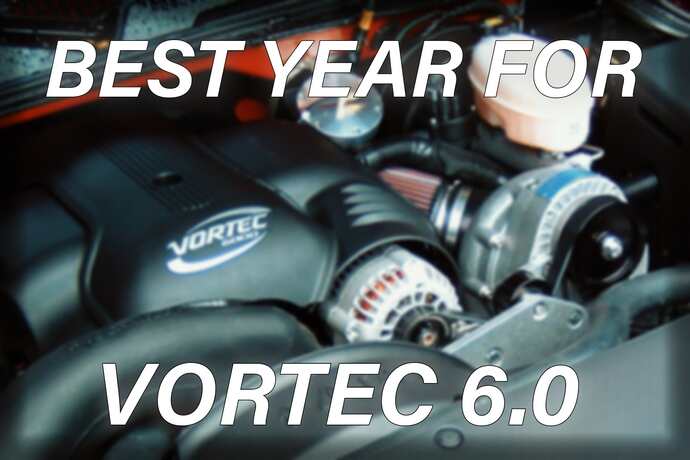General Motors’ Vortec 6.0, also known as the Chevy 6.0, is a powerful engine.
Vortec 6.0 is a member of the small-block LS engine family, which is very reliable and performative.
It has a large displacement of 6.0 liters, which gives it a lot of speed and horsepower.
Vortec is popular among users as it is suitable for boats, trucks, SUVs, and business vehicles.
The advanced technology of the engine makes sure that the fuel burns efficiently and the engine works well.
You should know about the engine’s reliability and problems before purchasing the engine or a Vortec-powered vehicle.
Let’s discuss the specs, variants, vehicles powered by it, best years, worst years, and reliability of the 6.0 Vortec.
6.0 Vortec Specs
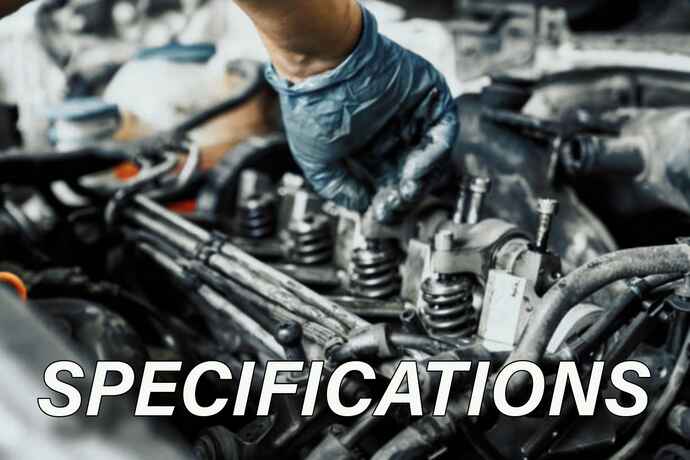
Vortec 6.0 is a V8 small block engine with a displacement of 6.0 L.
The engine is made of cast iron and aluminum and has a 102mm bore and 92mm long strokes.
It can generate approximately 360–400 horsepower and 380–420 lb-ft of torque.
However, performance may vary depending on the specific model and application.
The fuel economy is 16 mpg on highways and 11 mpg in town areas, which is not great.
You can use gasoline, CNG, or ethanol as fuels for the engine.
It has advanced direct fuel injection and variable valve timing (VVT) technology to optimize performance.
Vortec 6.0 features a multi-cylinder deactivation system that efficiently deactivates cylinders under light load conditions.
Multi-cylinder deactivation technology improves fuel efficiency.
Generally, Vortec 6.0 engines are paired with automatic transmissions.
You can improve the engine performance by adding a supercharger or turbocharger.
Vehicles Powered by 6.0 Vortec
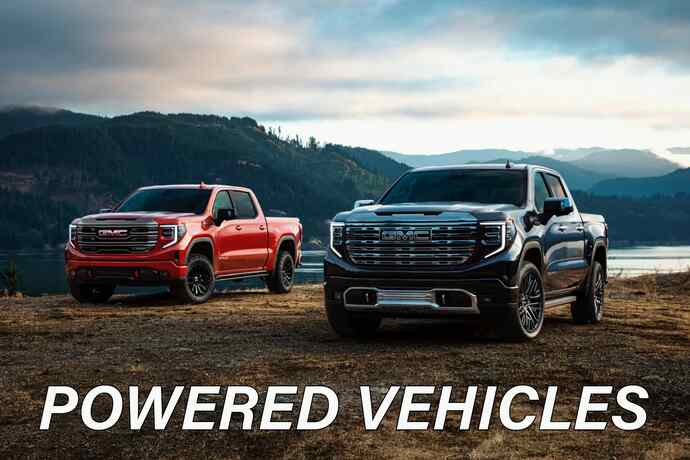
Vortec 6.0 engines power various vehicles across different generations.
Let’s look at a general overview of the generations and vehicles that use Vortec 6.0 engines:
First Generation Vortec 6.0 (1999–2006):
- Chevrolet Silverado and GMC Sierra (including HD models)
- Chevrolet Suburban and GMC Yukon XL
- Chevrolet Express and GMC Savana
- Chevrolet Tahoe and GMC Yukon
- Chevrolet Silverado SS
- GMC Sierra Denali
Second Generation Vortec 6.0 (2007–2014):
- Chevrolet Silverado and GMC Sierra (including HD models)
- Chevrolet Suburban and GMC Yukon XL
- Chevrolet Express and GMC Savana
- Chevrolet Tahoe and GMC Yukon
- Chevrolet Silverado SS
- GMC Sierra Denali
Third Generation Vortec 6.0 (2015-Present):
- Chevrolet Silverado and GMC Sierra (including HD models)
- Chevrolet Express and GMC Savana
- Chevrolet Suburban and GMC Yukon XL
- Chevrolet Tahoe and GMC Yukon
Several Holden automobiles, including the HSV Grange, Pontiac G8, Hummer H2, and Saab 9-7X Aero, feature the engine as well.
Vortec 6.0 Variants
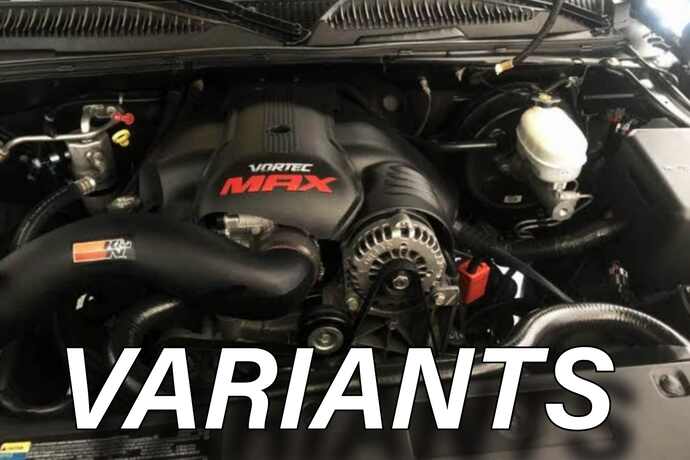
There are a wide variety of Vortec 6.0 engine configurations available between 1999 and 2020, reflecting the numerous revisions made by GM over that time period. Let’s take a look at them:
LQ4 6.0 Vortec
Vortec LQ4 is a small block V8 engine.
It produces 305–335 hp and 355–375 lb-ft of torque. The performance may vary depending on the application and model year.
1999–2007 GM and Chevy cars used this iron-block engine. The 1999-2000 cylinder heads are cast iron, while the 2001-2007 ones are aluminum.
It is a reliable engine, but there are some issues too. Water pump leaks, exhaust manifold bolt troubles, and knock sensor failures are common issues.
With certain care and maintenance, the engine will last long. Usually, the LQ4 lasts 225,000–250,000 kilometers. The aftermarket for interchangeable parts is strong. The engine gets mileage between 11-13 mpg, which is very poor. However, the robust engine horsepower and torque make up for that.
LQ9 6.0 Vortec
Vortec 6.0 LQ9 is also known as VortecMax.
It produces 345–350 hp and 370–380 lb-ft of torque.
Cadillac, 2002–2007 GMC vehicles, Chevrolet pickups, and SUVs use the engine.
LQ9 engines are different from the LQ4 engines in structure.
The flat-top piston increases horsepower by compressing more.
You can also improve the performance by installing turbochargers, superchargers, improved cylinder heads, and nitrous oxide.
LQ9 models include electronic throttle control, which increases fuel economy.
Thus, it gets 15–17 mpg, which is better than LQ4.
It also requires less maintenance compared to the LQ4.
LS2 6.0 Vortec
Vortec 6.0 LS2 engine produces 390–400 hp and 395–405 lb-ft of torque.
Chevrolet, Cadillac, HSV, and GMC vehicles from 2005–2009 use the engine.
LS2 engines are durable, reliable, and have minimal mechanical difficulties.
The average fuel economy is 12–13 mpg, which is moderate.
The redesigned cylinder block and head, as well as the repositioned camshaft position sensor, PCV valve, and knock sensors, distinguish this engine from prior generations.
The NASCAR-approved specific LS2 engines can produce up to 600 hp and over 500 lb-ft of torque.
Because of its performance and low maintenance requirements, the LS2 engine is still in demand, even though newer models have replaced it.
L76 6.0 Vortec
Vortec 6.0 L76 engine produces approximately 360 hp and 380 lb-ft of torque.
The L76 engine has been utilized in various General Motors vehicles, including trucks, SUVs, and performance-oriented models.
In terms of reliability, the L76 engine is generally considered dependable.
It is also known for its durability in demanding applications.
However, its fuel efficiency typically averages around 13–15 mpg, which is moderate due to its larger displacement and power output.
Overall, the Vortec 6.0 L76 engine is a powerful and reliable choice for applications that require substantial power and torque.
However, it may not be the most fuel-efficient option available.
L98 6.0 Vortec
L96 6.0 Vortec produces about 360 hp and 380 lb-ft of torque.
It’s a reliable option for towing and hauling because it powers many GM vehicles, such as trucks and SUVs.
The L98 engine has a reputation for being durable and delivering dependable performance, which is crucial for heavy-duty applications.
The average fuel economy is 10–14 mpg, lower than the equivalent engines.
L77 6.0 Vortec
L77 6.0 Vortec produces about 360 hp and 380 lb-ft of torque.
It offers plenty of power for a variety of applications.
GM vehicles, including trucks, SUVs, and sports cars, use the engine.
The L77 is a solid option for hard jobs because of its reputation for longevity and endurance in terms of reliability.
The average fuel economy is 13–16 mpg in different terrains and situations, which is moderate among the Vortec engines.
LY6 6.0 Vortec
LY6 is an incredible V8 engine built on the reliable LQ4 engine platform.
It belongs to the 3rd generation of LS small block engines with a displacement of 6.0L.
LY6 can produce 360–365 hp and 380–385 lb-ft of torque.
Silverado and Sierra, the GM trucks, Yukon, and Suburban SUVs use the engine.
It may have some minor maintenance issues like exhaust manifold leaks, throttle body issues, and knock sensor failures, which are minor issues.
The average fuel economy is 10–13 mpg, which is low among the Vortec engine family.
L96 6.0 Vortec
L96 6.0 Vortec is a V8 engine that is an updated version of the LY6.
It is the last engine in the Vortec 6.0 family.
L96 produces up to 360–401 hp and 380–464 lb-ft of torque, depending on the vehicle and model year.
GM trucks like the Silverado and Sierra and heavy-duty SUVs use this engine.
L96 is a reliable engine that can last the lifetime of a vehicle with proper care.
There are only a few problems with the fuel injector and variable valve timing system, which are minor issues.
The average fuel economy is 12–17 mpg in cities and highways, which is low.
LFA 6.0 Vortec
Vortec 6.0 LFA, also known as Hybrid Vortec 6000, is a V8 6.0L engine based on the L76 engine.
It can generate up to 340–350 hp and 370–380 lb-ft of torque.
GM and Chevrolet hybrid vehicles from 2008–2009 used the engine.
The fuel economy typically ranges from 10 to 15 mpg in city areas and 15 to 20 mpg on the highway.
It has some issues, including misfires and high fuel consumption.
Moreover, its reliability rating is worse than LQ9 because of the main camshaft bearing failure.
LZ1 6.0 Vortec
GM and Chevrolet introduced the LZ1 as an enhanced iteration of the LFA for their hybrid vehicles in the 2010–2013 models.
Also known as a dual-mode hybrid, LZ1 is capable of operating solely on electric power at low speeds.
So, it results in superior fuel efficiency in urban environments.
LZ1 incorporates advanced features such as active fuel management (AFM), variable valve timing (VVT), and flex-fuel compatibility.
This hybrid system delivers a power output of approximately 330–335 hp and a torque of 365–369 lb-ft.
Two integrated electric motors, powered by a 300V battery, enable electric operation at lower speeds.
366 CID 6.0 Marine Engine
Vortec 6.0 (366 CID) Marine engine produces around 380 horsepower and approximately 406 lb-ft of torque.
It is commonly used to power marine vessels, such as boats and yachts.
Best Year for 6.0 Vortec
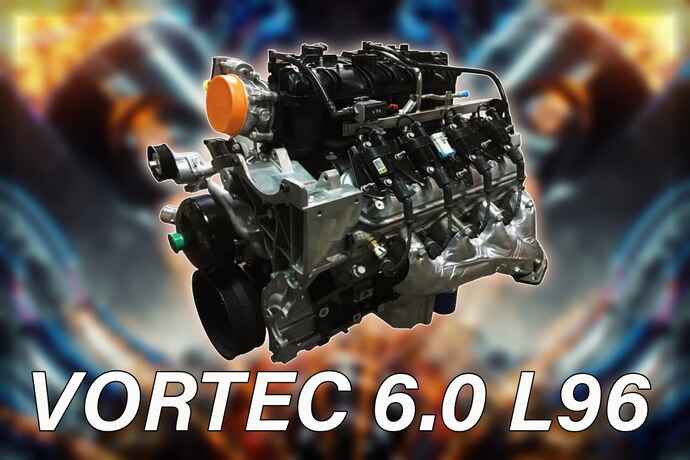
L96 (2010–2020) and LY6 of the Vortec 6.0 engine series are the most reliable engines. L96 is known for being reliable and robust and is often used in trucks and commercial vehicles. LY6 is also praised for its strength and is commonly found in applications like boats and recreational vehicles.
Among them, the L96 is the last engine in the series and is considered to be the best year engine in the Vortec family.
It features robust components like the head gasket, connecting rods, cylinder head, and blocks.
L96 meets the 2010–2020 Chevrolet Silverado and GMC Sierra heavy-duty specification criteria.
Also, the GMC Yukon and Chevrolet Suburban are equipped with them.
Additionally, it has reduced emissions and better fuel efficiency thanks to VVT and flex-fuel capacity, despite its basic design and lack of an active fuel management system.
The cylinder heads also include rectangular intake ports to maximize airflow and power output.
The exhaust manifold has an additional heat barrier to prevent overheating and has been upgraded to reduce noise.
There are no significant mechanical concerns because of its strong and straightforward construction.
With scheduled maintenance, it has a potential lifespan of more than 275,000–325,000 kilometers.
So, you should choose an L96 engine or L96-equipped vehicle between 2010 and 2020, as those are the best years.
Worst Years of 6.0 Vortec
Most lifter problems occur in 6.0-liter, fourth-generation Vortec engines with electronic fuel-management controls.
One of the common problems with the GM 6.0 engine is low fuel efficiency.
As a result, you should be aware of L76 and L77 vehicles produced between 2006 and 2010, as well as 2011 and 2017.
The oil leaks into the intake manifold because of a design flaw in the valve covers.
So, you should avoid the problematic years of the Vortec 6.0 engine.
6.0 Vortec Reliability
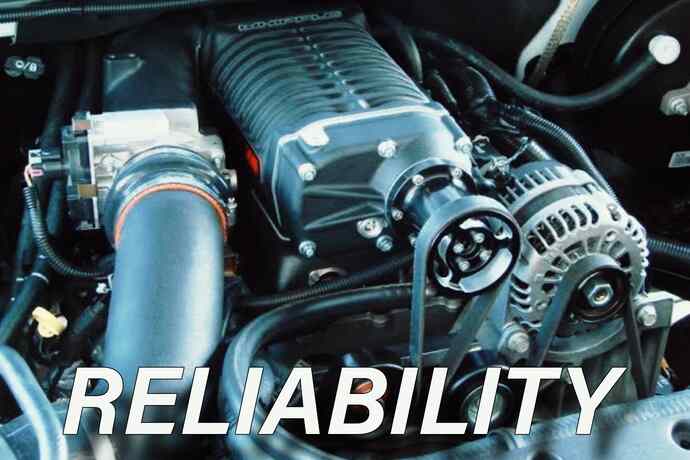
The Vortec 6.0 engine is often regarded as a reliable option.
It’s a strong and long-lasting engine that can power anything from trucks and delivery vans to boats and naval vessels.
An engine’s dependability is subject to several variables that actively affect it, including its maintenance, frequency of usage, and the year and model it was manufactured.
Maintaining the Vortec 6.0 engine regularly and carefully is essential to keeping it running reliably.
You should research the car’s service records and have a qualified mechanic inspect the engine before buying it to make sure it will last.
Wrapping Up
Vortec 6.0 engine is highly respected for both its performance and dependability.
It’s been a reliable and sturdy option for various applications, including trucks and marine vessels.
However, it has years of better and worse performance and reliability.
You should choose carefully between them if you are up to purchasing one.
Regular maintenance is also necessary for continuous reliability.
In general, people looking for a strong and durable engine for their cars continue to choose the Vortec 6.0 engine.

